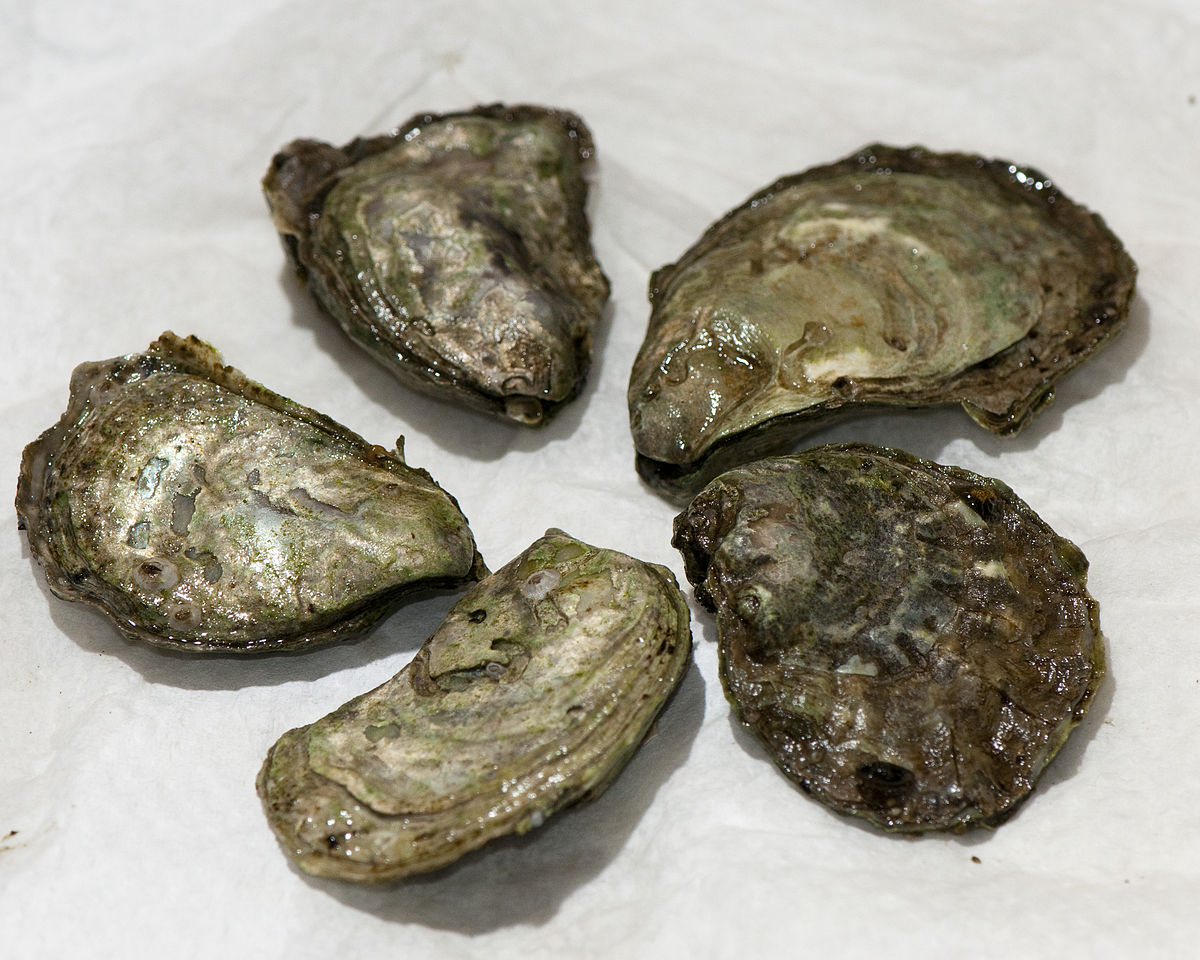The Science
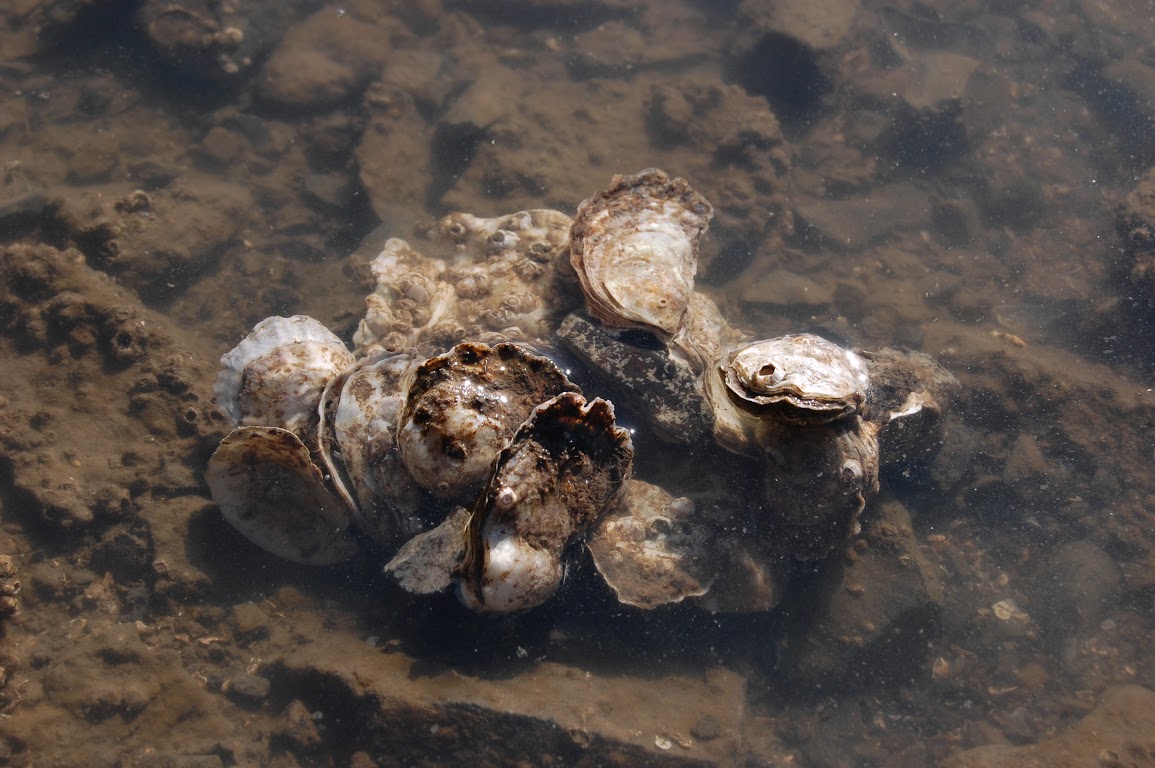
Taxonomic description
- Color ranges from white to purplish black with stripes of yellow or purplish brown. The inside of the shell is white to olive-green. [1]
- Often reaches 6-8 cm (2.4-3.1 inches) in length and 2.5-3.5 cm (0.90-1.3 inches) thick. [1]
- Shell shape is variable, often forming to the shape of the surface on which it grew. [1]
Distribution
- Found on the west coast of North America, from southern Alaska to Baja California, Mexico. [1,2,3]
Life history
- Spawning is triggered by water temperature of 16-18C (60-64F) and can occur 1-2 times per year between spring and fall. [1]
- Fertilized eggs develop in the female mantle. [1]
- An average brood of larvae is between 250,000-300,000.
- The maximum age for this oyster is unknown.
Habitat
- Lives in estuaries, sounds, tidal channels, and bays.
- As a filter feeder, eats microscopic algae and plankton. [1]
- Many predators including birds, rays, and rock crabs.
- Sensitive to water temperature changes, but can tolerate short exposure to changes in salinity. [1]
- A large amount of its natural habitat has been removed to due urban development and pollution. [2]
The Fishery
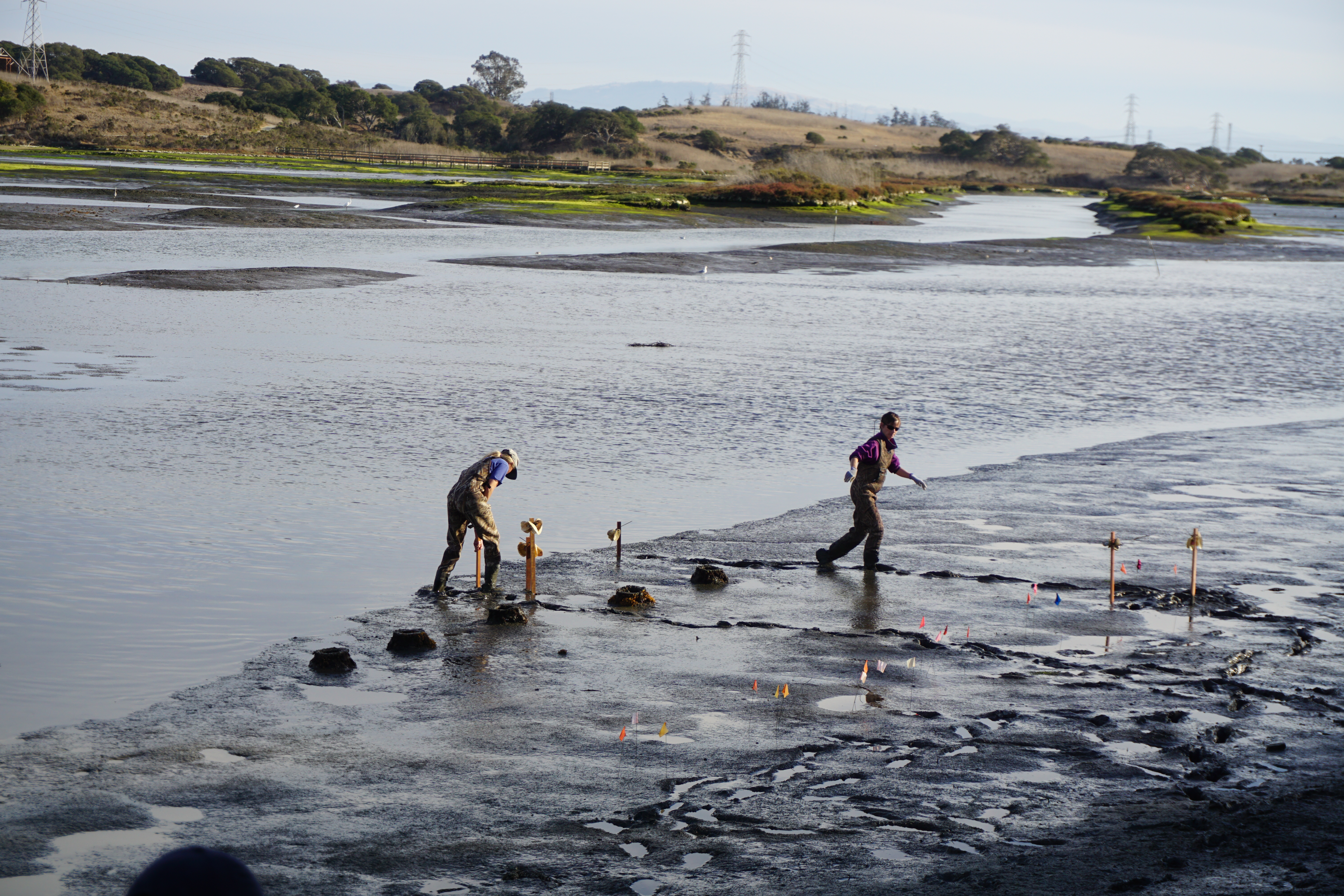
Seasonal availability
- Shellfish farms often provide year round availability.
Regulatory and managing authority
- Marine aquaculture in California is overseen by a number of federal and state agencies the specifics of which depend upon the location of the facility (land, state waters, federal waters) and type(s) of species grown. These agencies include but are not limited to NOAA, for oversight in federal waters, California State Lands Commission, for oversight in coastal waters and land, and California Department of Fish and Wildlife for registration. [14]
- A State Aquaculture Coordinator provides guidance on permits, registrations, and consultations, which are required for all commercial aquaculture. [14]
- On public and private lands, aquaculture must follow regulations regarding water discharge, which involves multiple management agencies. [14]
- The California Department of Public Health is involved in growing, harvesting, and selling molluscan shellfish and seaweeds. [14]
- The California Department of Fish and Wildlife, NOAA, and Sea Grant is currently working to restore native Olympia oyster habitat in Northern California. [4]
- The Permit Guide to Aquaculture in California is available at https://permits.aquaculturematters.ca.gov/Permit-Guide#454735-california.... [14]
Gear type
- Oyster farming in the U.S. began in 1890s in Puget Sound tidelands. [1]
- Grown using on-bottom, off-bottom, or suspended culture methods. [8]
- Standard marketable size of an Olympia oyster is about the size of a silver dollar (3.5-4 cm). [1]
Status of the fishery
- Hstorically has been a part of Indigenous People's diets in the Northwest Pacific region. [1]
- Production peaked from 1890s to 1900 but greatly declined after due to pollution and over harvesting. [1]
- Larger, faster growing species, like the Pacific Oyster from Japan, continue to dominate oyster farming in the U.S. [5]
- It takes 3-4 years for an Olympia oyster to reach market size. [1,5]
- A growing interested in the local food movement has increased interest in the Olympia oyster. [7]
Potential ecosystem impacts
- Oyster farms have minimal impacts on local ecosystems. [6]
- Oyster beds provide many ecosystem benefits such as: habitat for other species, improved water quality, biodiversity support, reduced shoreline erosion, and enhanced restoration projects. [3]
- Monterey Bay Aquarium’s Seafood Watch classifies farmed oysters as three of its “Best Choices” for seafood options. [6]
The Seafood
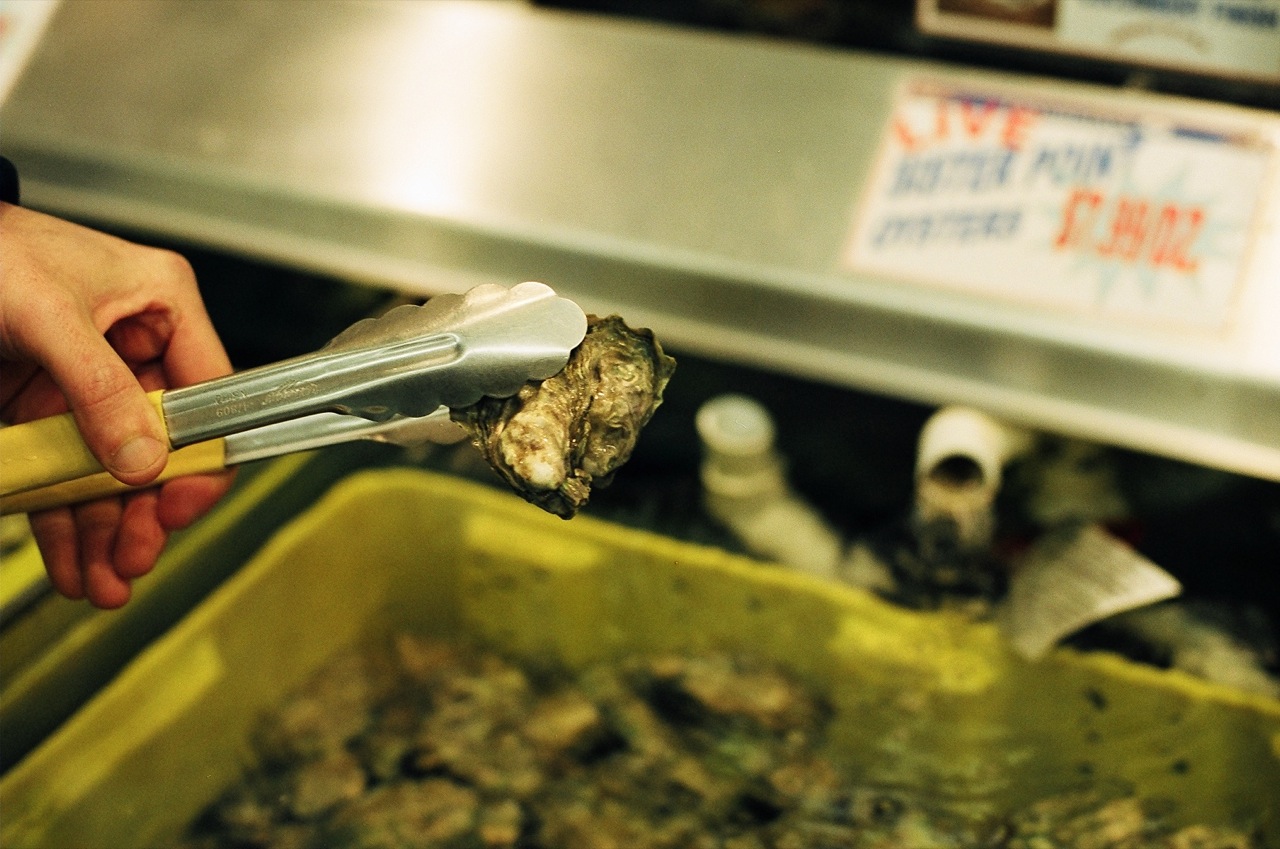
Edible portions
- Everything but the shell is edible and is typically prepared.
- Oyster shells should always be tightly closed prior to preparation. [9]
Description of meat 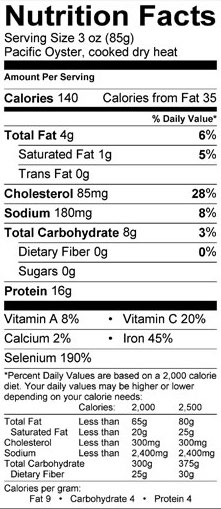
- Olympia oysters have a bright, earthy, coppery taste which is sometimes described as peppery. [10]
Culinary uses
- Local Olympia oyster is often available fresh from the farm.
- Shucking the shell is manageable. Instructions can be found in multiple online resources.[12]
- Olympia oysters can prepared many ways: Freshly on the half shell, fried, steamed, smoked, in soups and stew, and more. [10]
Toxicity Report
- Consumption of raw oysters may lead to vibriosis, a bacterial infection. To avoid this, it is recommended to look for oysters from reputable sources and restaurants. [13]
Nutritional information
- It is low calorie, easier to digest than red meat, and high in vitamins. [11]
- Nutritional information for 3 oz of Pacific Oyster, a similar species, is shown in the table. [15]
References
[1] Couch, D. and T.J. Hassler. 1989. Species profiles: life histories and environmental requirements of costal fishes and invertebrates (Pacific Northwest) —Olympia oyster. U.S. Fish Wild. Serv. Biol. Rep. 82(11.124) U.S.Army Corps of Engineers, TR EL_82-4. 8pp. https://apps.dtic.mil/dtic/tr/fulltext/u2/a225231.pdf.
[2] Timmins-Schiffman E, Friedman C, Metzger D, White S, Roberts S. Genomic resource development for shellfish of conservation concern. Molecular Ecology Resources. March 2013;13(2):295-305. Available from: Academic Search Complete, Ipswich, MA. https://doi.org/10.1111/1755-0998.12052. Accessed 13 May 2014.
[3] NOAA Fisheries. 2017. Forum Fosters Native Southern California Oyster Restoration. Web. https://www.fisheries.noaa.gov/feature-story/forum-fosters-native-southe.... Accessed 3 September 2020.
[4] Sea Grant. 2018. Struggling Olympia oysters get a boost from scientists in Monterey Bay. Web. https://caseagrant.ucsd.edu/news/struggling-olympia-oysters-get-a-boost-.... Accessed 3 September 2020.
[5] Beahrs, A. (2012). The Decades-Long Comeback of Mark Twain's Favorite Food. Smithsonian. Web. https://www.smithsonianmag.com/arts-culture/the-decades-long-comeback-of.... Accessed 3 September 2020.
[6] Heinonen, K. Seafood Watch. 2014. Farmed Oysters. Web. https://www.seafoodwatch.org/-/m/sfw/pdf/reports/o/mba_seafoodwatch_farm.... Accessed 3 September 2020.
[7] Hall, C. Sunset Magazine. 2013. The West Native Oyster Makes a Comeback. Web. http://www.sunset.com/travel/northwest/olympia-oyster. Accessed 3 September 2020.
[8] Fishwatch. 2019. Pacific Oyster (farmed). Web. https://www.fishwatch.gov/profiles/pacific-oyster-farmed. Accessed 3 September 2020.
[9] Pacific Coast Shellfish Growers Association- PCSGA. http://pcsga.org/buying-tips/
[10] Taylor Shellfish Farms. http://www.taylorshellfishfarms.com/about-our-shellfish.aspx
[11] Sea Grant Washington. http://www.wsg.washington.edu/oysterstew/news/nutritious.html
[12] Localfoods. How to Shuck Oysters. http://localfoods.about.com/od/shellfishrecipes/ss/How-To-Shuck-Oysters.htm"http://localfoods.about.com/od/shellfishrecipes/ss/How-To-Shuck-Oysters.htm.
[13] Gellman, A. Livestrong. 2020. Oysters Are an Excellent Source of 6 Nutrients — Here's How to Eat Them Safely. Web. https://www.livestrong.com/article/293633-raw-oysters-nutritional-facts/. Accessed 15 January 2021.
[14] Permit Guide to Aquaculture in California. N.d. Permit Guide to Aquaculture in California. Web. https://permits.aquaculturematters.ca.gov/Permit-Guide#454735-california.... Accessed 21 August 2020.
[15] Seafood Health Facts. 2013. Pacific Oyster. Web. https://www.seafoodhealthfacts.org/description-top-commercial-seafood-it...
[16] VIUDeepBay. flickr. 2011. Ostrea Lurida. Digital image. Web. https://flickr.com/photos/viucsr/5778358466. Accessed 18 February 2021.
[17] Gray, M. flickr. 2016. Olympia oyster cluster. Digital image. Web. https://flickr.com/photos/oregonstateuniversity/26510795893. Accessed 18 February 2021.
[18] n_yoder. flickr. 2008. olympia oysters. Digital image. Web. https://flickr.com/photos/naomioxford/2202536867. Accessed 18 February 2021.

